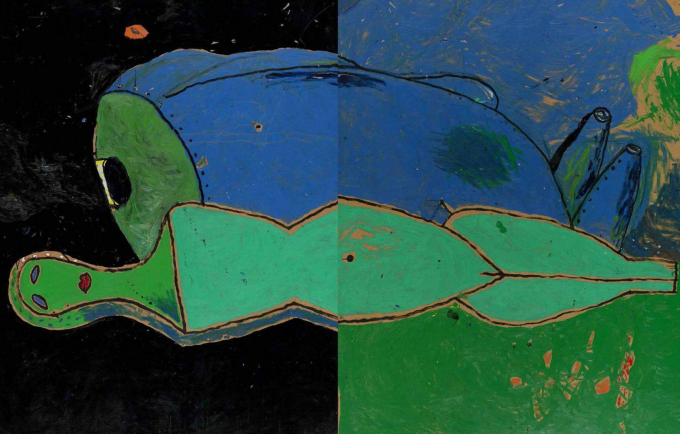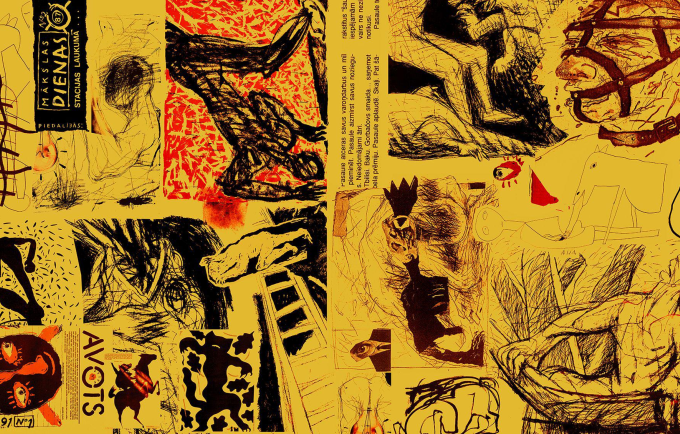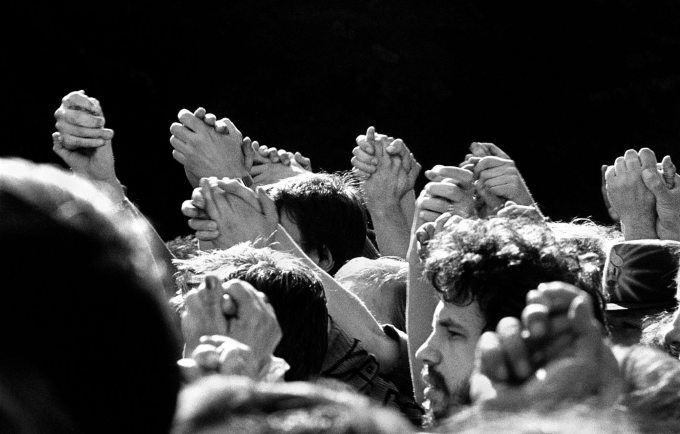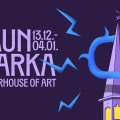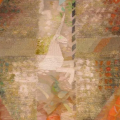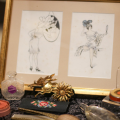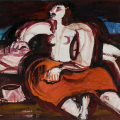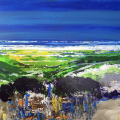The new exhibition is dedicated to the avant-garde role of Latvian contemporary art during the period of our independence, when the policy of openness and reconstruction initiated by Mikhail Gorbachev in 1985 led to significant liberalisation processes in society, including among writers, musicians and artists. They inspired Latvian society and influenced political decision-making. This period in recent history, when art became a form of resistance and an agent of change, reminds us of the importance of cultural and creative freedom.
The title of the exhibition refers to Kristaps Ģelzis' video installation "Dismantling the Wall", in which the wall is seen as an ideological symbol of the "Iron Curtain" that divided Europe for four decades. The exhibition is based on works from the collection of the Latvian National Museum of Art, the content of which reacts and critically addresses the socio-political reality of the Soviet era, while remaining poignantly relevant today, when, not far from us, Russia is waging war and devastating Ukrainian territory and people's lives. The artists reveal the contradictions and existential experience inherent in the era of change, both through ideologically saturated symbolism, mythological allegories and images, and by speaking directly about important events.
In the second half of the 1980s, Latvian contemporary art gained ground with the arrival of a new generation of artists, although the ground had been prepared for it since the 1960s, when the use of unengaged forms and themes became a form of escapism under dogmatic socialist realism. This generation is known as border-crossers*, but in parallel the exhibition turns its gaze to previous generations of artists who are associated with avant-garde manifestations.
Installations, monumental neo-expressionist prints and extended forms of painting made their mark in the second half of the 1980s and early 1990s. Photography tries to get as close as possible to the disintegrating socialist order around it, performances and actions move from the peripheral micro-environment to the city centre, the first video installations appear, and the first audiovisual works enter Latvian art. The art scene is also undergoing major changes, with Latvian artists entering Western art exhibitions with great success, establishing international contacts, and conceptual group exhibitions in which the interaction between curator and artist plays an important role.
In the shadow of the current sense of threat and uncertainty caused by Russia's war in Ukraine, it is important for the Latvian National Museum of Art to use the tools at its disposal to point to the power of solidarity, resistance and courage. These are the decisive values that guided the Awakening processes and fortified the wall at the end of the 20th century.
The exhibition includes works by Visvaldis Asārs, Ilmārs Blumbergs, Maris Bogustovs, Andris Breže, Uldis Briežs, Biruta Delle, Ingrīda Drāzniece, Kristaps Ģelzis a.o.

